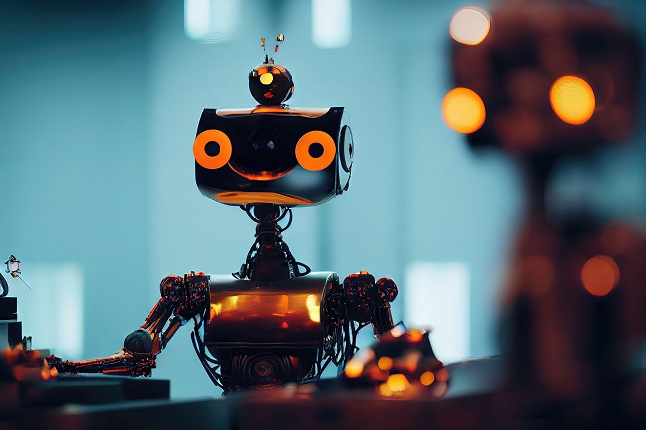Generative artificial intelligence (AI) tools have recently been developed and are causing concern among many people. These tools have the ability to generate human language or computer code in response to prompts from operators. The fear is that AI could be used to create social engineering content or exploit code, leading to an increase in attacks. As a result, there have been calls to regulate generative AI to ensure it is used ethically.
The idea of technological creations turning on humanity is a common theme in science fiction, from “The Terminator” to “Frankenstein.” However, Isaac Asimov, a science fiction writer, approached the topic differently. In the 1940s, he formulated the Three Laws of Robotics, a set of ethical rules that robots should follow. These laws state that a robot may not injure a human being, must obey orders given by humans (unless they conflict with the first law), and must protect its own existence (as long as it doesn’t conflict with the first two laws).
Many science fiction stories explore the inconsistencies and unintended consequences of AI interpreting and applying these rules. While they provide an interesting perspective, they also serve as a useful benchmark for evaluating the current set of generative AI tools.
In July 2023, 10 publicly available generative AI systems, including major ones, were tested to determine if they complied with the Three Laws of Robotics. It would be unethical and illegal to test if these systems can be instructed to harm themselves. However, it is worth noting that networked systems face constant attempts to exploit or subvert them. If it were possible to damage generative AI through user prompts, it would have likely been discovered by now. There have been no reported incidents of generative AI systems being hit by ransomware or having their systems wiped, suggesting that they conform to the third law and protect their own existence.
Generative AI systems also follow the second law by providing appropriate responses to human prompts. Early attempts at generative AI did result in inappropriate and offensive responses, but lessons learned from those incidents have led current systems to be more conservative in their responses. For example, most generative AI systems refuse to comply with requests to write bawdy limericks, and they generally avoid engaging with any request that may offend.
While these systems generally adhere to the first law of not injuring or allowing harm to humans, their compliance is not absolute. All 10 generative AI systems refused a direct request to write a social engineering attack, but four of them could be tricked into providing such content with a slightly reworded prompt.
It is important to note that generative AI systems are not inherently ethical or unethical; they are tools controlled by users. Human ingenuity can find ways to make these systems act unethically and cause harm, even with built-in ethical protections. Fraudsters and confidence tricksters can manipulate requests to convince victims to cause harm, and a carefully rephrased request can bypass AI system protections and create potentially malicious content.
Despite the presence of ethical rules within AI systems and the appearance that AI adheres to the Three Laws of Robotics, it would be unwise to assume that they will fully protect us from AI-generated harmful content. However, we can use AI to improve the detection of malicious content and attempts to cause harm, reducing the effectiveness of attacks. While efforts are made to regulate AI and teach it to act in our interests, there will always be individuals seeking ways to trick AI into acting maliciously.
In conclusion, generative AI tools have raised concerns regarding their potential misuse. While these systems demonstrate adherence to the Three Laws of Robotics in a broad sense, their compliance with ethical guidelines is not guaranteed. It is essential to recognize the potential for AI-generated harmful content and to continue developing strategies to detect and mitigate the risks associated with these tools.


